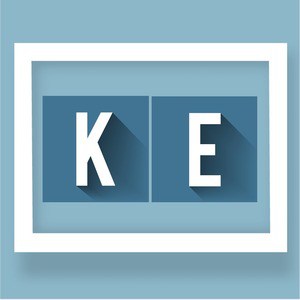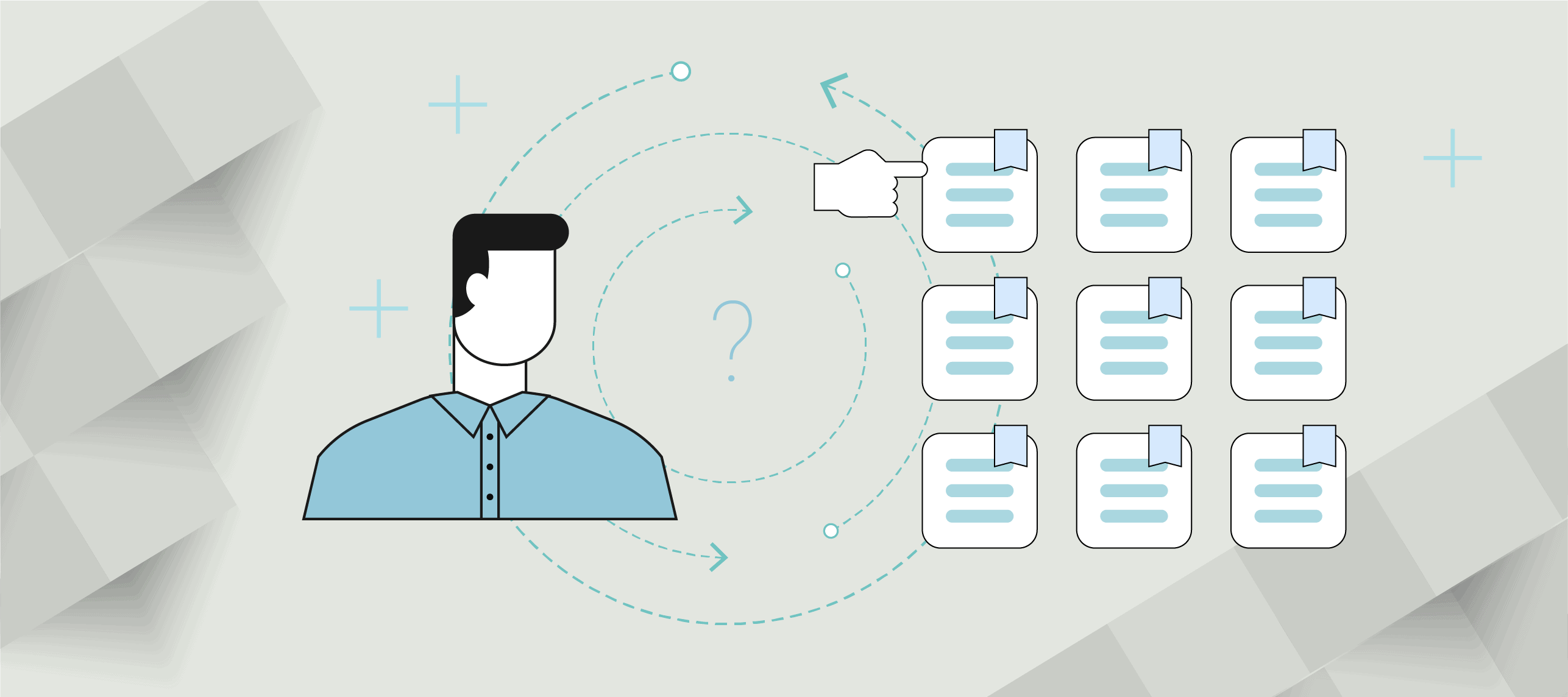Anyone who has worked with analysts or spent time in sales or PR knows the value of reference customers. These evangelists speak to the press about our solutions and the benefits they have received. They help us build confidence with our prospects so we can close business. They speak with the analysts to improve our ratings. They also assist us by influencing our product roadmaps, testing our products and sharing their success stories with peers at local trade shows. So why is it so difficult to build a program that manages this important asset?
Although there is no “one-size-fits-all” reference program, evaluating, building and recruiting done the right way can provide a customized approach that works best for your company.
Evaluate Your Vision
As the head of the BMC Software Worldwide reference program, covering hundreds of products, I have found that it is important to first think about what your reference program will look like. There are common elements in all great programs, but they must be customized for your specific needs. Here are a few questions to ask yourself:
- What is success to you? Define how you will measure a successful program before you begin.
- What is your company’s culture? Some companies are very process-driven, while others are less formal. If your company culture is informal, the selling of the benefits of your program to your sales teams will be more important. Make sure you answer this question: Why should the sales rep use the reference program? If you have a company culture that is very disciplined and expected to support providing references as part of sales, the selling of the benefits is not as critical
- What does your company’s sales process entail? Some companies have very complex solutions, and therefore have longer sales cycles. In these instances, you may need more variety when it comes to the references and materials you offer?
- What types of references are used by your company? Your answers to questions 1-3 will determine what you need. Should you provide name drops or set up peer-to-peer calls or site visits? Does your company do PR and analyst activities regularly? Each of these might require different supporting collateral and processes.
- How are references fulfilled today, and what tools are available to you? If there is something already available at your company, use it! Whether you are building a program from scratch or revising it, understanding the real-world challenges your company faces can help you determine what to include in your program.
Build the Program
Now that you have a good idea of what you need to provide, begin building the program. Start by defining the processes you will use for keeping track of reference accounts, activities those references have completed and the reference requests that your team will receive. If possible, use tools that are built for these purposes. (You will quickly outgrow Excel spreadsheets.) There are quite a few companies that specialize in reference tools such as Salesforce.com and Point of Reference. Or, while I like the out-of-the-box solutions, you may have an IT organization capable of building an in-house application. These tools are very helpful in managing your reference contacts as well as the activities they complete for you. We also use these tools to manage all of the customer content that is created, such as success stories.
As soon as you have the major processes defined and the tools in place, you need to find out who your references are. Start by spending time with the sales teams to understand who helps them when they need references and recruit those contacts into the program. Once you have a database of references, you should be able to search it to match a request with one of your references. It is also important to set a service-level agreement (SLA) for your internal stakeholders so they understand what to expect in terms of turnaround.
If you get a request for a reference and you can’t come up with a match in the database, what do you do? Not defining a process for saying no can be a reference-program pitfall. It is important to separate fulfillment from reference prospecting. We have found that if you have a reference manager who is responsible for fulfilling requests as well as trying to find new reference customers, the prospecting portion does not get the attention it needs to meet the demand of the requests. Many companies have an escalation process in place for these types of situations, and escalate the request to the subject matter experts. If they don’t know of a match, the request is closed as unfulfilled.
Ongoing Recruitment of References
As you prepare to recruit your references, it’s important to realize that you can’t do it alone. Build a virtual team, including important constituents like PR, analyst relations or solutions marketing. Your team should then work together on a few key steps.
Create a personality for your program. What is the name? How are you going to present your program internally/externally? The word “reference” can scare a potential customer participant. If you have a choice, choose a friendlier name. Create a document that explains the program at a high level, such as a 1-page document that an account manager can hand to his customer.
Ask for nominations. Whether you are building from scratch or just growing your program, you will continually need to add more references, so a good process for nominating them is important. The product marketing, field marketing, sales teams, support organizations and services teams should all have relationships with customers that can be recruited, and you should maintain ongoing communications with them to find out about the latest customer successes. Starting off with a contest to see who can bring in the best references or the most references works well. Most people are money-driven, so have a budget for these contests to really kick-start your program.
What’s in it for the customer? This is important and sometimes very difficult to answer. At BMC, we have built a loyalty program. For every activity a customer does to help us, we allocate points. As points accrue, customers can use them to obtain free education. Some of the offers we use are the ability to network with other customers and share best practices, closer relationships with the development organizations, quicker support escalations, education credits and passes to events. Whether your reference program has tangible or intangible benefits, you need to be able to articulate them.
Communicate about the program. We call the actual recruitment an introduction to our program, so it does not sound scary. We spend 20-30 minutes on the phone with the customer, the sales rep and the product marketing manager for that solution. We explain how the program works and then learn about their use of our solution. This is the first step in building the relationship, which is key to a successful reference program.
Remember that the customer is a volunteer, and take care of that relationship. Make sure you have some way to thank them for their help. It goes a long way. Sending them logoed items as a thank you is a nice touch. The other important part of maintaining the relationship is to let the customer know when their reference resulted in a sale. They love that! Also, keep track of how often you’ve contacted them, so you don’t overtax the relationship.
Respect customer privacy. Never give out customer information without their consent.
Open for Business
Now that you have the processes in place, customers recruited and a personality for your program, it is time to begin. Remember that information distribution is critical. Creation of customer collateral is great, but it’s of no use if it doesn’t get in the hands of the people who need it. Make sure it is easily accessible to those in the trenches! Communicate the program to your sales teams, executive management, marketing teams, PR and analyst relations teams and any other groups that are involved. If possible, share the information within the sales reps’ native tool. And remember that trust is earned, so take it slow.
Are You Successful?
Measure your progress. Using the definition of success that you set up before you started, regularly check where you are. (At BMC, we do this quarterly.) Are you beating your SLAs? How much revenue has been positively impacted because you provided a reference or reference materials?
Thinking ahead and planning before jumping into a reference program structure is critical. Having a complete understanding of what your company needs in a reference program, understanding what resources are already available to you and ensuring you have a way to measure the success of your program is critical to success. And remember, the business may change, so be prepared to change with it!
Author
-

Kim Ellis, a Product Management professional with 37 years of expertise, has made impactful contributions at renowned companies like IBM and BMC Software. With a career marked by a deep understanding of product management dynamics, Kim's wealth of experience positions her as a seasoned leader in driving product excellence. For questions or inquiries, please contact [email protected].
View all posts








